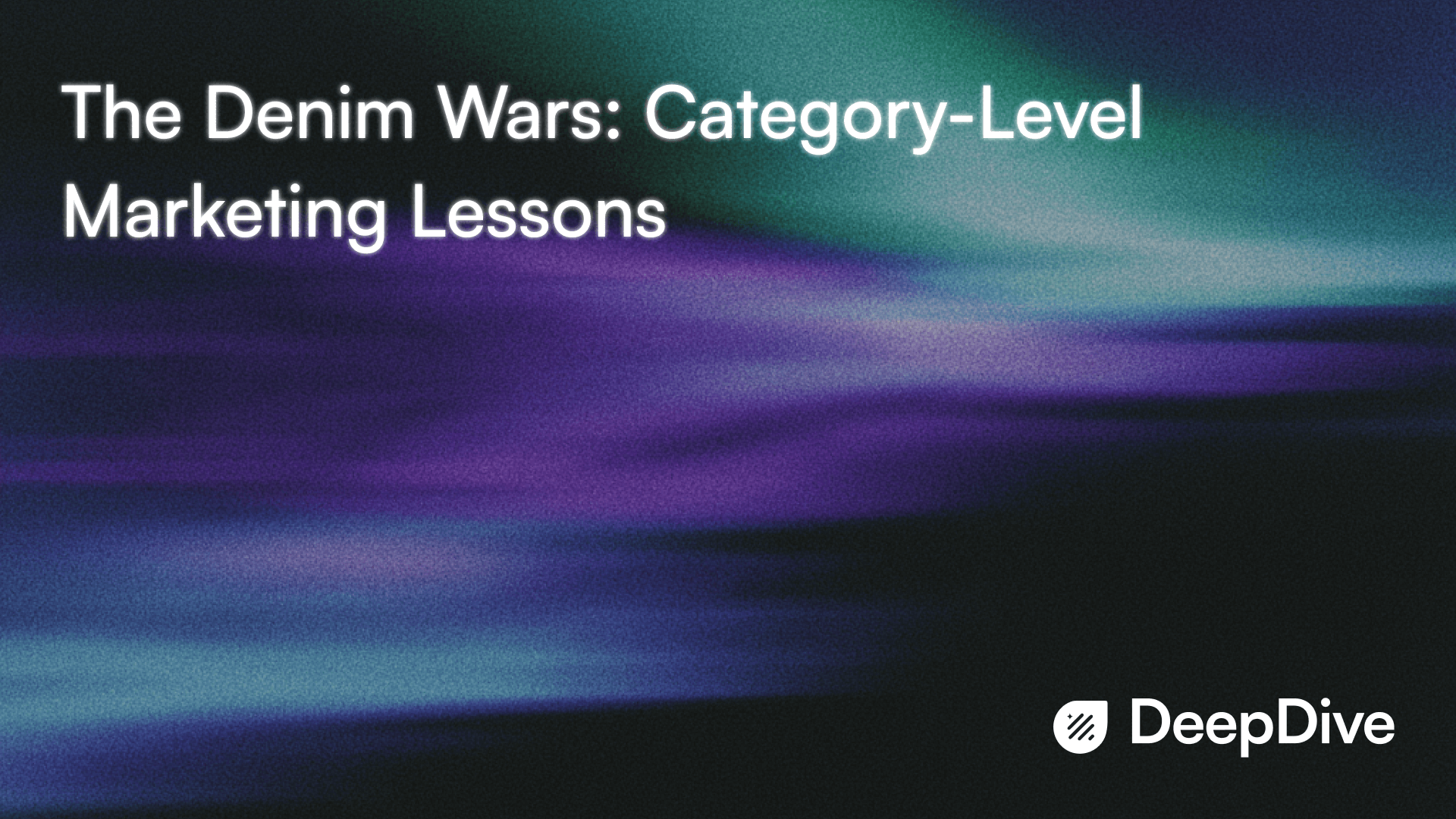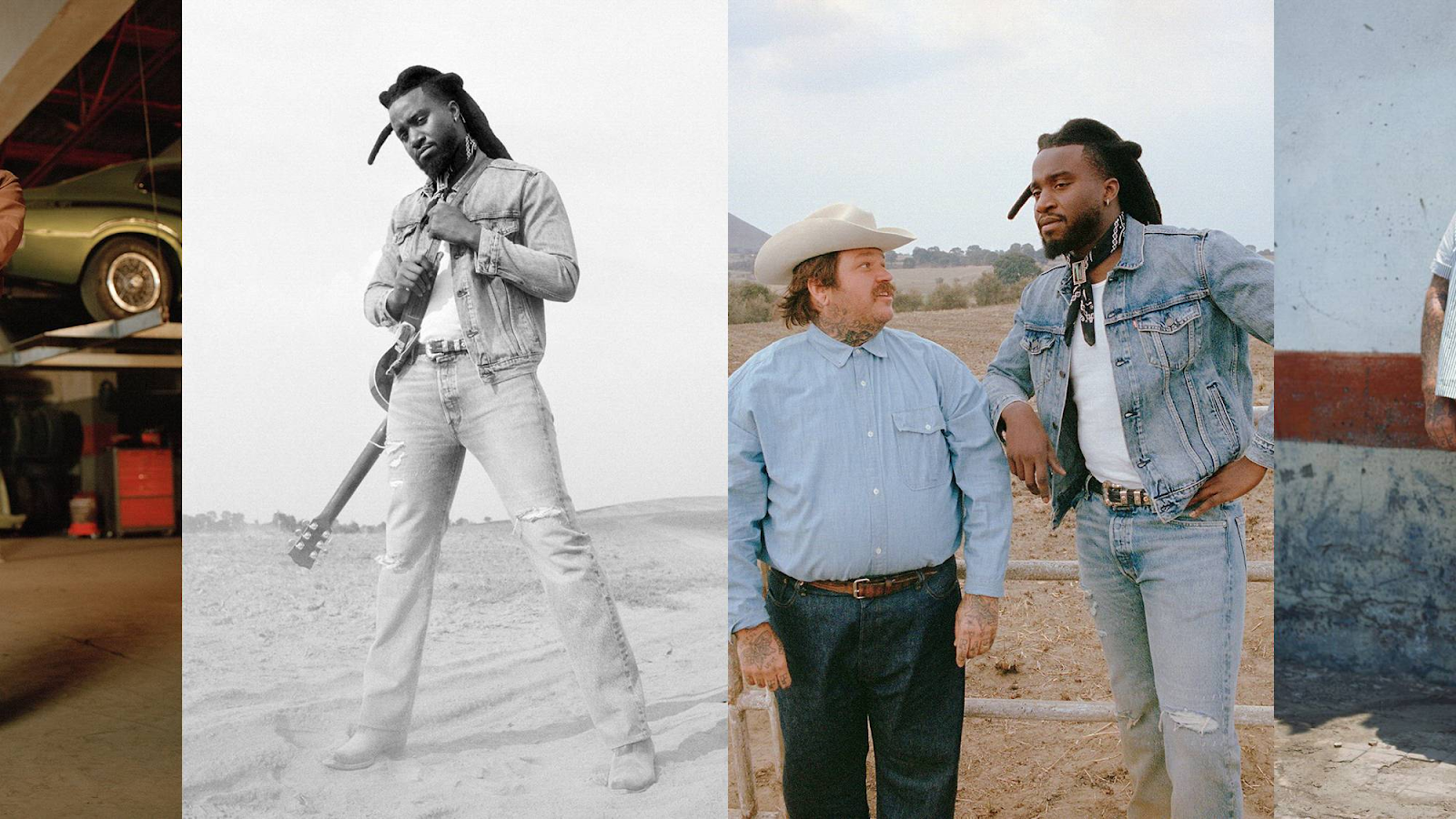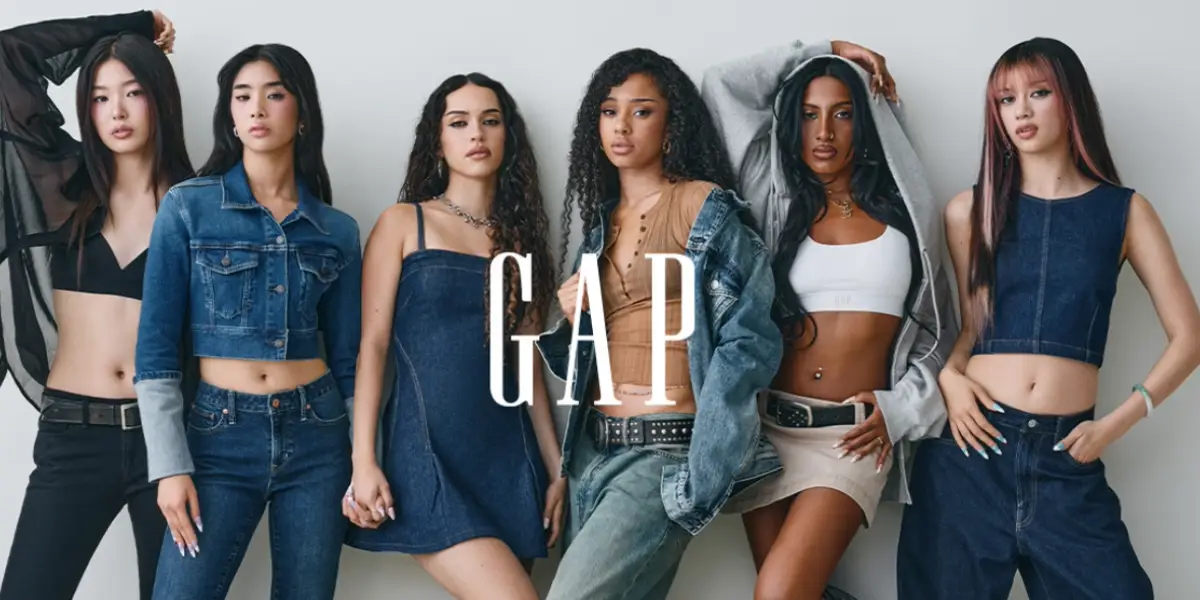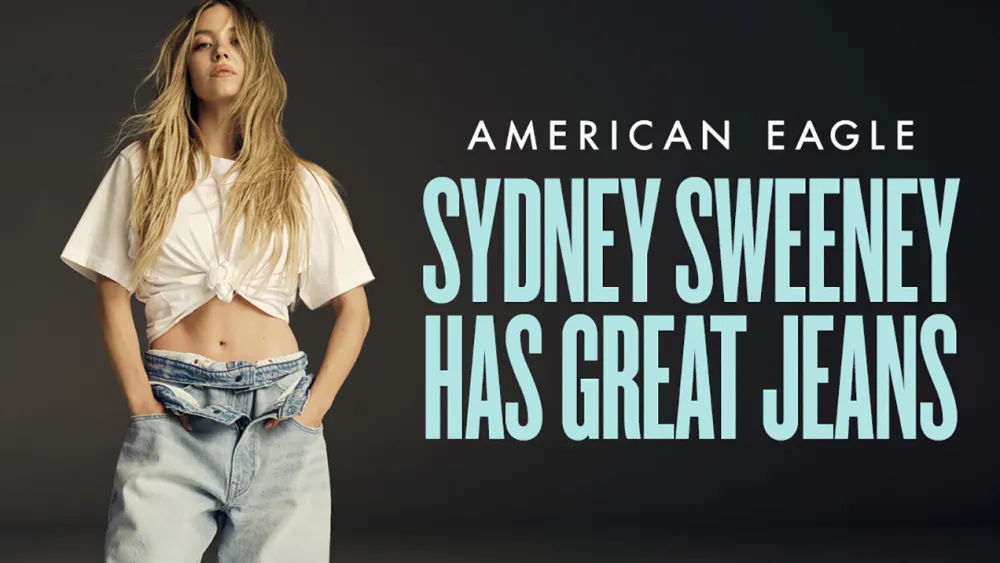We are excited to announce our $2M seed round led by Joa Capital.
Read Now

October 19, 2025
Fabiana Binte Mesbah
September 2025 felt like fashion’s version of March Madness. In the span of weeks, American Eagle, Gap, Levi’s and Lucky Brand all put denim front and center — each with a radically different story, star and strategy. The result wasn’t just competing headlines; it was a category-level surge that lifted the whole jeans market into mainstream conversation. That “rising tide” moment is a marketer’s dream and a real-world test of market timing, competitive intelligence, and creative positioning.
Gap’s “Better in Denim,” fronted by K-pop–influenced group KATSEYE and set to Kelis’ “Milkshake,” leaned into joyful choreography, nostalgia and wide participation. American Eagle doubled down on star power and provocation with its Sydney Sweeney spot. Levi’s rolled out a cinematic “Icons” series starring Shaboozey, and Lucky Brand released an Addison Rae co-designed ultra low-rise. Together, these activations created a sustained cultural conversation that spilled out across social platforms and news cycles.

Caption: Levi’s “Icons” series starring Shaboozey and Matty Matheson
In the first week alone the category spike saw eye-watering engagement: hundreds of millions of views and billions of impressions as creators, fans and media debated style, nostalgia and taste. Those attention metrics translated to tangible wins: Gap reported engagement multiples over its 2025 averages and clear lift in brand comps and earned media value. Meanwhile, American Eagle reported strong customer acquisition and sell-through tied to its campaign buzz.
What does it imply? When competitors activate simultaneously with distinct creative stances, the overall market expands — awareness flows to product searches, influencer trends, and even music streams.

Caption: Gap’s “Better in Denim” with K-pop–influenced group KATSEYE
American Eagle’s Sydney Sweeney work generated intense debate and attention, which drove acquisition and urgency for the brand’s core customers. Conversely, Gap’s Katseye spot proved a useful counterpoint to controversy-led virality. The Gap creative invited participation — dance challenges, remixes, and easy UGC — and stitched inclusivity into the narrative: denim as a canvas for identity and community (Psst, you can find out more about brand community here!).
Both approaches worked, but with different KPI footprints: one optimized for broad cultural participation and long-term brand warmth; the other for rapid acquisition and conversion.
Gap’s campaign delivered sustained, positive brand equity — increased brand sentiment, higher share of voice in non-sponsored conversations, and a measurable uptick in purchase intent among Gen Z and multicultural audiences. American Eagle, on the other hand, saw a spike in short-term performance metrics — faster sell-through rates, website traffic surges, and high conversion efficiency fueled by curiosity and debate.
Where Gap expanded the top of the funnel through joy, inclusivity in marketing, and participatory content, American Eagle dominated the mid-to-bottom funnel through urgency and attention economics. Together, they demonstrate that in competitive categories, contrasting emotional levers — connection versus controversy — can collectively strengthen market demand rather than dilute it.

Caption: American Eagle X Sydney Sweeney
The Denim Wars of September 2025 show that category competition, when done right, doesn’t cannibalize — it expands the pond. Smart brands use distinct positioning and impeccable market timing, then let a category conversation do the rest. For marketers who want to turn cultural momentum into measurable outcomes, the missing piece is always the same: signal over noise, and a listening strategy that connects cultural beats to commercial levers.
Want to track the next category surge — and know whether to sprint or sit back and watch? DeepDive’s AI social listening blends sentiment analysis, competitive intelligence, influencer monitoring and multilingual insights so you can act with speed and confidence.
Discover How Audience Intelligence can help your brand grow